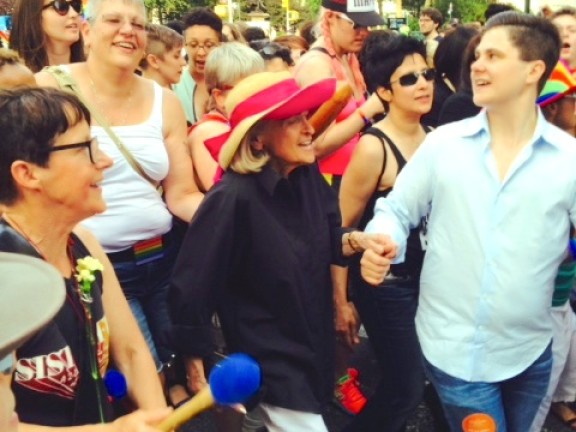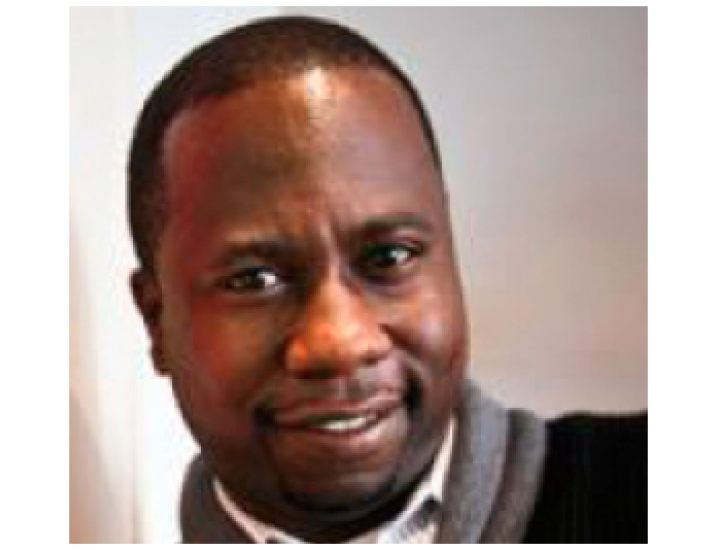Tipping the Balance on Marriage Equality

On Monday, the U.S. Supreme Court declined to review favorable rulings that legalized marriage for same-sex couples in five states: Indiana, Oklahoma, Utah, Virginia and Wisconsin. This raised the number of jurisdictions with marriage equality to 24 states plus Washington, DC. After the ruling, the U.S. Court of Appeals for the Tenth Circuit lifted its stay on an earlier decision allowing freedom to marry in Colorado. As county clerks began issuing marriage licenses to same-sex couples, Colorado became the 25th state with marriage equality in the country.
These developments create a clear path for marriage equality in at least five more states (Kansas, North Carolina, South Carolina, West Virginia, and Wyoming). Today, the U.S. Court of Appeals for the Ninth Circuit struck down the marriage bans in Idaho and Nevada. Couples in more than 30 states will soon be able to marry, and cases for marriage in additional states are winding their way through the courts.
Just eleven years ago, in Goodridge v. Department of Public Health, the Massachusetts Supreme Court ruled that same-sex couples could not be excluded from civil marriage rights in that state. Over the last decade, the seeds planted in Goodridge have flourished and today more than half of the U.S. population lives in jurisdictions with freedom to marry.
Over the last year, the drive for relationship recognition and marriage rights across the country has progressed at a stunning pace. In a remarkable and essentially unbroken line of about 40 decisions, courts have ruled in favor of marriage equality relying on the U.S. Supreme Court's decision in United States v. Windsor – a landmark case which held that a key provision of the federal so-called Defense of Marriage Act (DOMA) was unconstitutional. In Windsor, the Court re-affirmed that individual “moral and sexual choices” are protected by the U.S. Constitution.
Marriage equality gives same-sex couples access to more than one thousand rights and benefits under federal and state laws. These victories are the fruit of hard-fought civil rights struggles for recognition, respect and equality, and we should celebrate the impressive progress toward marriage equality.
We should also take a moment to recognize that LGBT communities continue to experience many other forms of social exclusion.
The marriage announcements were made on the 16th anniversary of the abduction and brutal torture of Matthew Shepard. Unfortunately, homophobia, transphobia and HIV phobia are still potent forces today.
Thirty-two states have laws that can make having sex while living with HIV a crime. Not surprisingly, each year, an estimated one in seven people living with HIV pass through a correctional or detention facility.
Events in Ferguson, Missouri, flawed stop-and-frisk policies, and police confiscation of condoms as evidence of prostitution remind us that over-criminalization and mass incarceration are daily realities for many of our LGBT brothers and sisters. Far too often people are at risk of criminalization, discrimination and social exclusion based on their race, class, sex, sexual orientation, gender identity, immigration status, and HIV status.
Though “Don't Ask, Don't Tell” has ended, people living with HIV and transgender people are not allowed to serve their country by enlisting in the military.
Only 18 states have laws that protect against discrimination in employment for both sexual orientation and gender identity. This means that, even in some states with marriage equality, you can be fired from work because you married your same-sex partner. At the federal level, the Employment Non-Discrimination Act (ENDA) has been introduced in Congress repeatedly since 1994, but has yet to pass.
As marriage equality becomes a reality across the country, it is critical that the movement for LGBT/HIV equality tackle the growing distance between "legal equality" and "lived equality” by ensuring that our hard-won legal and policy protections improve the daily life and experience of everyone in the LGBT umbrella, including youth, people of color, people living with HIV, undocumented people, and low-income people.
As we think about the work that remains to be done to secure a national solution to marriage, we should also think critically beyond marriage. We should think about our brothers and sisters who experience bullying, workplace discrimination, hunger, homelessness, barriers to healthcare, criminal prosecution, deportation and other forms of exclusion. The civil rights struggle continues.
